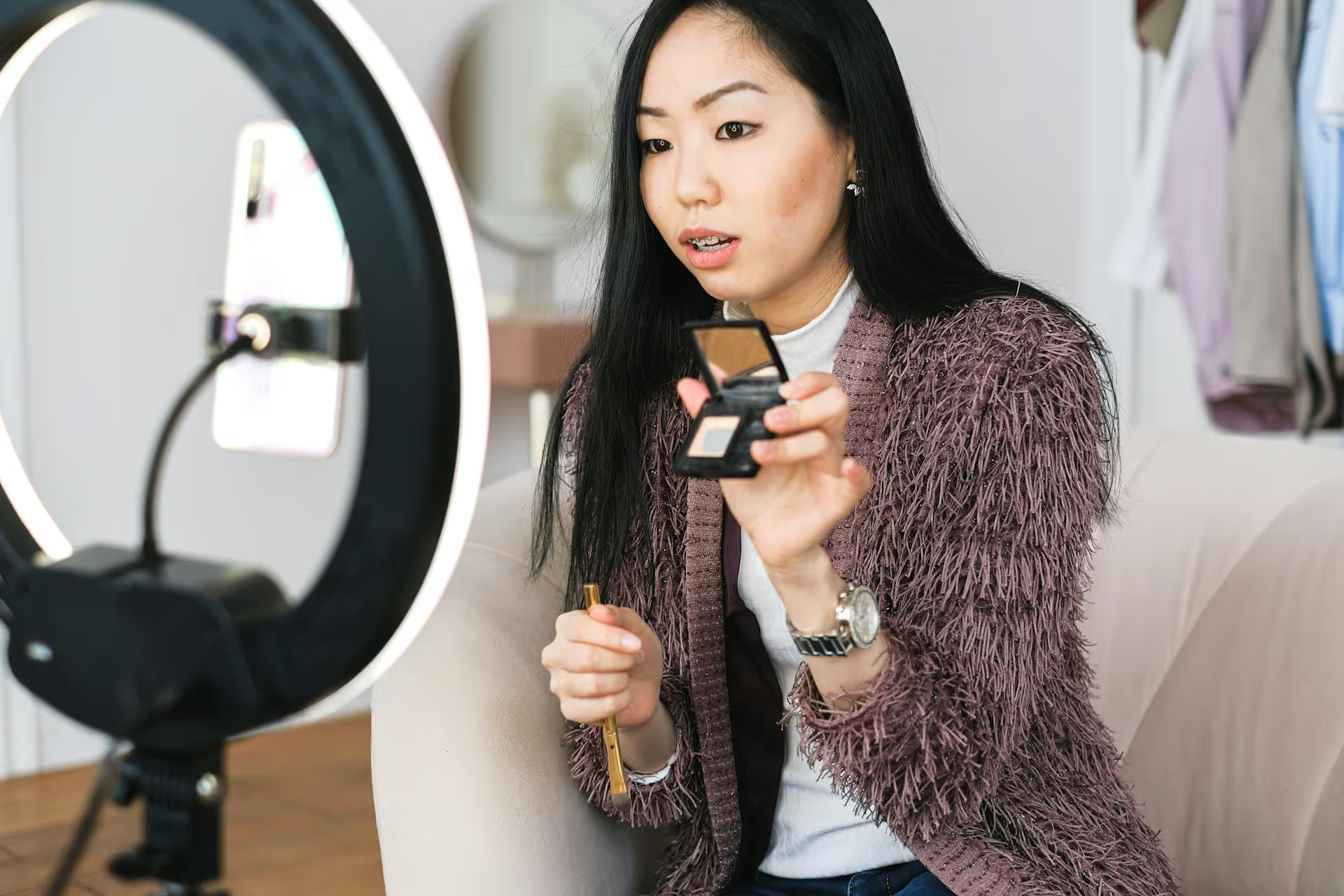How to Add Social Media Icons to an Email Signature
Enhance your email signature by adding social media icons. Discover step-by-step instructions to turn every email into a powerful marketing tool.

You painstakingly shot your video in beautiful 4K, meticulously color-graded every frame, and hit export, only to watch Instagram turn it into a blurry, pixelated mess. It's one of the most common and frustrating problems for creators and brands. This article breaks down exactly how to export and transfer your 4K footage to get the sharpest, highest-quality result possible on Instagram Reels, Stories, and feed posts.
Before fixing the problem, it helps to understand what’s actually happening behind the scenes. Instagram doesn't hate your high-quality video, it just prioritizes a fast, smooth experience for over a billion daily active users. Massive 4K video files, which can often be gigabytes in size, are the natural enemy of that goal.
To serve content quickly to users on varying internet connections - from high-speed fiber to spotty 3G - Instagram runs every uploaded video through a powerful compression algorithm. This process does two main things:
The problem is that this compression is aggressive and automatic. If you upload a video with settings that are wildly different from Instagram's preferred specifications, its algorithm has to work much harder to compress and re-encode it. This "forced" compression introduces visual artifacts like pixelation, color banding, and that general softness that makes your sharp 4K footage look like it was shot on a flip phone. The key isn’t to try and force a 4K file onto the platform, but to give Instagram a near-perfect file that its algorithm barely has to touch.
Here’s the single most important concept to grasp: you cannot directly upload or display a true 4K video on Instagram. As of now, the platform downscales everything to a maximum width of 1080 pixels (e.g., 1080x1920 for Reels and Stories). Trying to upload a massive 4K file is like trying to fit a gallon of water into a pint glass - the system will just spill the excess data out, resulting in a low-quality final product.
So, what's a creator to do? The secret is to control the downscaling process yourself. Instead of letting Instagram’s clunky algorithm smash your beautiful 4K footage down to 1080p, you do it first. By exporting a perfectly optimized 1080p video file from your 4K source footage, you create a file that is significantly higher in quality than what Instagram's compression would have produced on its own.
Think of it this way: a video file exported at 1080p from a 4K source is inherently much sharper and contains more detail than one shot natively in 1080p. By providing Instagram with a highly-detailed, high-bitrate 1080p file, you’re giving its compression system a much better starting point. The algorithm makes fewer changes, which results in far less quality degradation.
Whether you're using Adobe Premiere Pro, Final Cut Pro, DaVinci Resolve, or another editing software, the following settings are your new best friend. Match these specs as closely as possible for an incredibly clean export that will hold up on Instagram.
While video is the focus, poor audio can also detract from the experience. Keep it simple and use these standard settings.
You’ve exported a perfect video file. Don't ruin it in the final step! The way you get the video from your computer to your phone matters immensely. Many common transfer methods apply another layer of heavy compression, undoing all your hard work.
There's one final setting, hidden within the Instagram app itself, that you need to enable. This tells the app to prioritize quality over speed when you're uploading on a stable connection.
Here’s how to find it:
This setting prevents Instagram from applying extra compression, especially if you’re uploading over Wi-Fi, giving your carefully crafted video the best chance of looking amazing.
Uploading crisp, high-quality video to Instagram isn't about finding a secret hack to upload 4K. It's about taking control of the compression process by giving the platform an over-prepared, beautifully downscaled 1080p file that its algorithm barely needs to process. By mastering your export settings, using a lossless transfer method, and enabling the "high quality" option in the app, you can consistently bypass Instagram's notorious compression.
Dealing with export settings and multi-platform quirks is often a distraction from what matters most - creating great content. After spending all that time getting my videos just right, the last thing I wanted was unreliable scheduling or tools that felt like a step backward, which is why we built a platform that simplifies the entire workflow. With Postbase, you can manage, plan, and schedule all your video content across Instagram, TikTok, and YouTube Shorts from one clean calendar. Because our platform is designed for a video-first world, it helps ensure that the quality you worked so hard on in the edit is what actually gets delivered to your audience, every single time.
Enhance your email signature by adding social media icons. Discover step-by-step instructions to turn every email into a powerful marketing tool.
Learn how to add your Etsy link to Pinterest and drive traffic to your shop. Discover strategies to create converting pins and turn browsers into customers.
Grant access to your Facebook Business Manager securely. Follow our step-by-step guide to add users and assign permissions without sharing your password.
Record clear audio for Instagram Reels with this guide. Learn actionable steps to create professional-sounding audio, using just your phone or upgraded gear.
Add translations to Instagram posts and connect globally. Learn manual techniques and discover Instagram's automatic translation features in this guide.
Optimize your Facebook Business Page for growth and sales with strategic tweaks. Learn to engage your community, create captivating content, and refine strategies.
Wrestling with social media? It doesn’t have to be this hard. Plan your content, schedule posts, respond to comments, and analyze performance — all in one simple, easy-to-use tool.